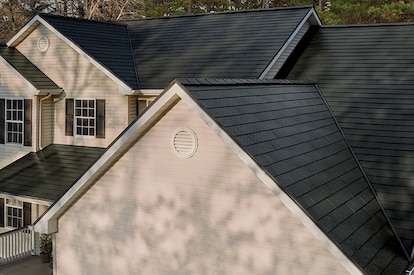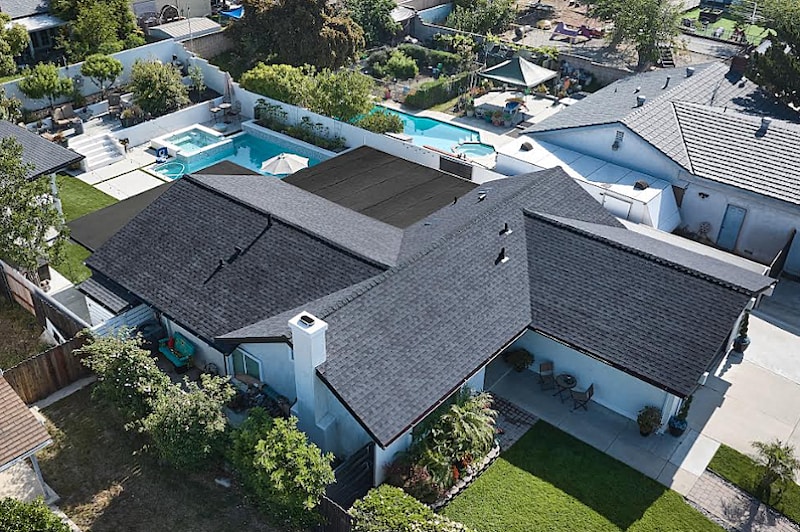
Tu hogar

-

-
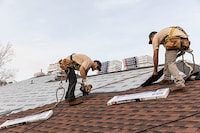
-
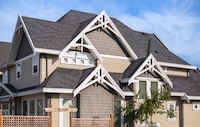 Tu hogar
Tu hogarTejas GAF Reflector Series: las tejas reflectantes más oscuras del mercado
20 de diciembre de 2024
Featured Blogs
-
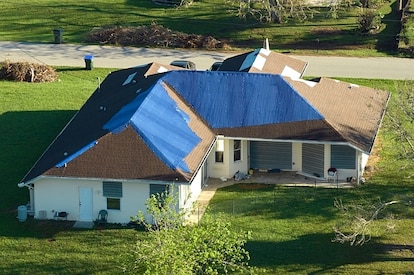 Tu hogar
Tu hogarHow to Detect and Address a Roof Leak: A Homeowner's Guide
By Mark Soto
15 de noviembre de 2024
-

-
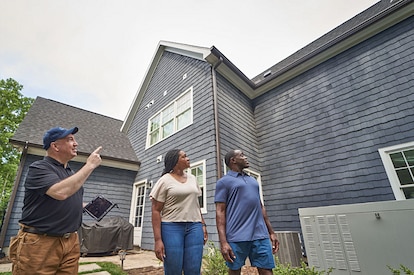
-
